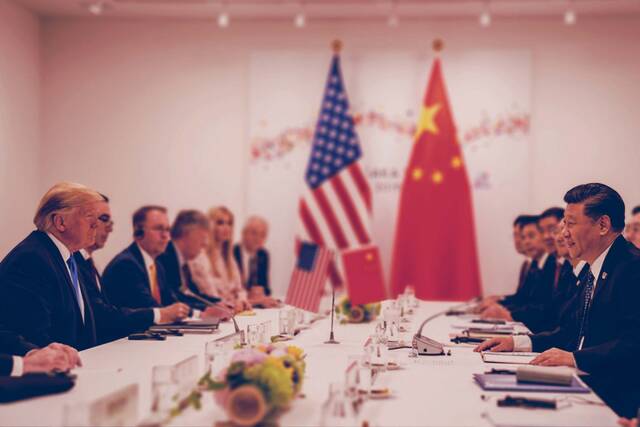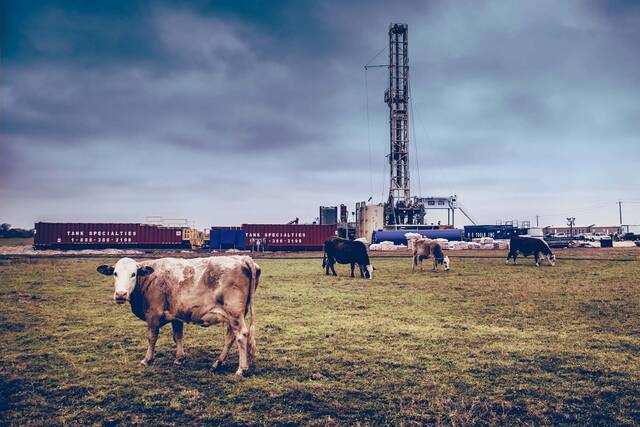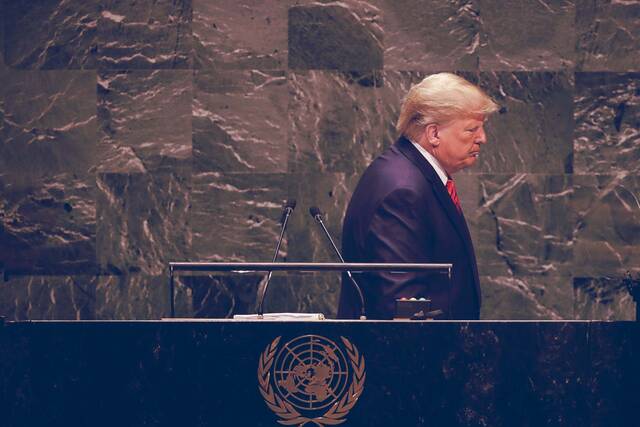Trump has promised to impose 10 per cent tariffs on all imports coming into the United States. China specifically would be hit by 60 per cent tariffs across the board. Trump also wants Congress to pass the Reciprocal Trade Act, which would enable him to impose tariffs on specific products to match what other countries impose on the United States. Reciprocal tariffs could notionally be used as bargaining chips to force open other countries’ markets. But more likely, they would simply be used to cherry-pick fights over specific products.
On the budget front, a key Trump policy is to extend expiring income tax reductions introduced under his 2017 Tax Cuts and Jobs Act. Trump also promises to slash government spending. However, American politics, let alone Trump’s populism, imply any spending cuts would likely be limited. That means bigger budget deficits. Trump might seek to repeal key Biden-era industrial policies — the CHIPS and Science Act and Inflation Reduction Act — but as these substantially benefit many “red states”, Trump might instead opt to largely keep these in place with relatively minor adjustments.
Trump also wants to substantially curb illegal immigration, including through expanding his border wall, tougher law enforcement, removing work rights, and mass deportations. At the extreme, this could include following through on a threat to deport roughly 11 million illegal immigrants currently residing in the United States.
Higher inflation and interest rates
One predictable result from all this is higher inflation. More expensive goods from tariffs, increased demand from a bigger budget deficit, and reduced labour supply due to less immigration and more deportations would all push up inflation. This would in turn mean higher interest rates as well as a stronger US dollar as more capital is pulled into the United States.
To Trump’s chagrin, the trade deficit would likely expand, not shrink, with a higher dollar making imports cheaper and exports less competitive, while a bigger budget deficit would add demand to an economy already operating beyond full capacity, again encouraging higher imports and fewer exports.
Vicious spiral and currency wars
As the trade deficit is, erroneously, seen by Trump as a key measure of success, a higher deficit would likely spur further tariff escalations. Robert Lighthizer — the US Trade Representative during Trump’s first term, one of his most effective lieutenants, and a candidate as Trump’s Treasury Secretary — thinks America should go further to target a lower US dollar. Achieving this would be very difficult without the active cooperation of other major economies, which is unlikely. Unilateral action — direct currency intervention by the Treasury or Trump pressuring the Federal Reserve to act — would add a contentious currency war to Trump’s repertoire of beggar-thy-neighbour policies.
While Trump 1.0 was impeded by his own disorganisation and resistance from various parts of government, this time the Trump movement is reportedly much better organised.
All of this mirrors the economics of Trump’s first term in office. The only question, as last time, is exactly how far he goes. This time, the potential costs could be much higher.
While Trump 1.0 was impeded by his own disorganisation and resistance from various parts of government, this time the Trump movement is reportedly much better organised and already planning to install loyal lieutenants across key government posts.
Global vulnerabilities
In addition, the world economy is in a much more parlous state compared to last time — still reeling from high inflation, interest rate hikes, the Ukraine war, and the after-effects of the Covid-19 pandemic. Global growth remains weak. Households the world over have been battered by a cost-of-living crisis. Government debt and budget deficits are much higher. Developing countries have especially suffered and progress in reducing global poverty is stalling. Rising global protectionism is becoming entrenched and China’s renewed export surge since 2020 is adding fuel to the fire.
The world is also struggling to deliver the international cooperation needed to deal with ever more urgent shared challenges such as combating climate change, restoring global development, preventing future pandemics, and managing the rise of artificial intelligence. Not addressing these shared challenges would mean reduced global prosperity, more instability, and less security for all.
A return to Trumpian economic nationalism is not what the world needs. Unfortunately, the world does not get a vote.
Yet Trump’s signature policies offer no solution to America’s problems. Automation means reshoring manufacturing, and deporting immigrants would not bring back many working-class jobs. Trump’s tariff hikes would hurt lower-income households the most, while his tax cuts benefit the rich. And an even bigger budget deficit only means larger future fights over who will ultimately have to pay for soaring government debt.
It is, then, doubly unfortunate for the world that a second Trump term would only aggravate the internal cleavages driving America’s retreat from international openness and cooperation.










